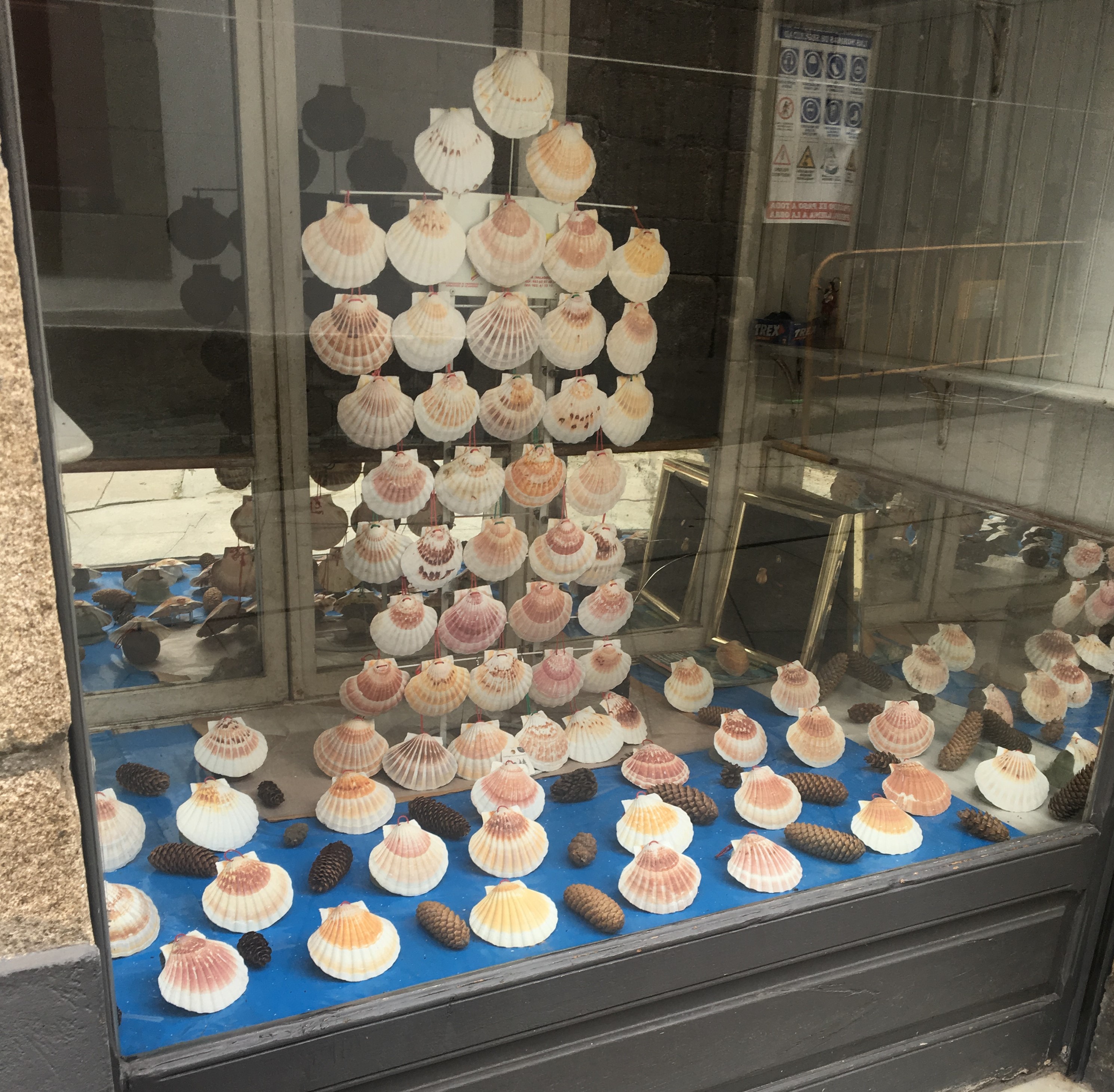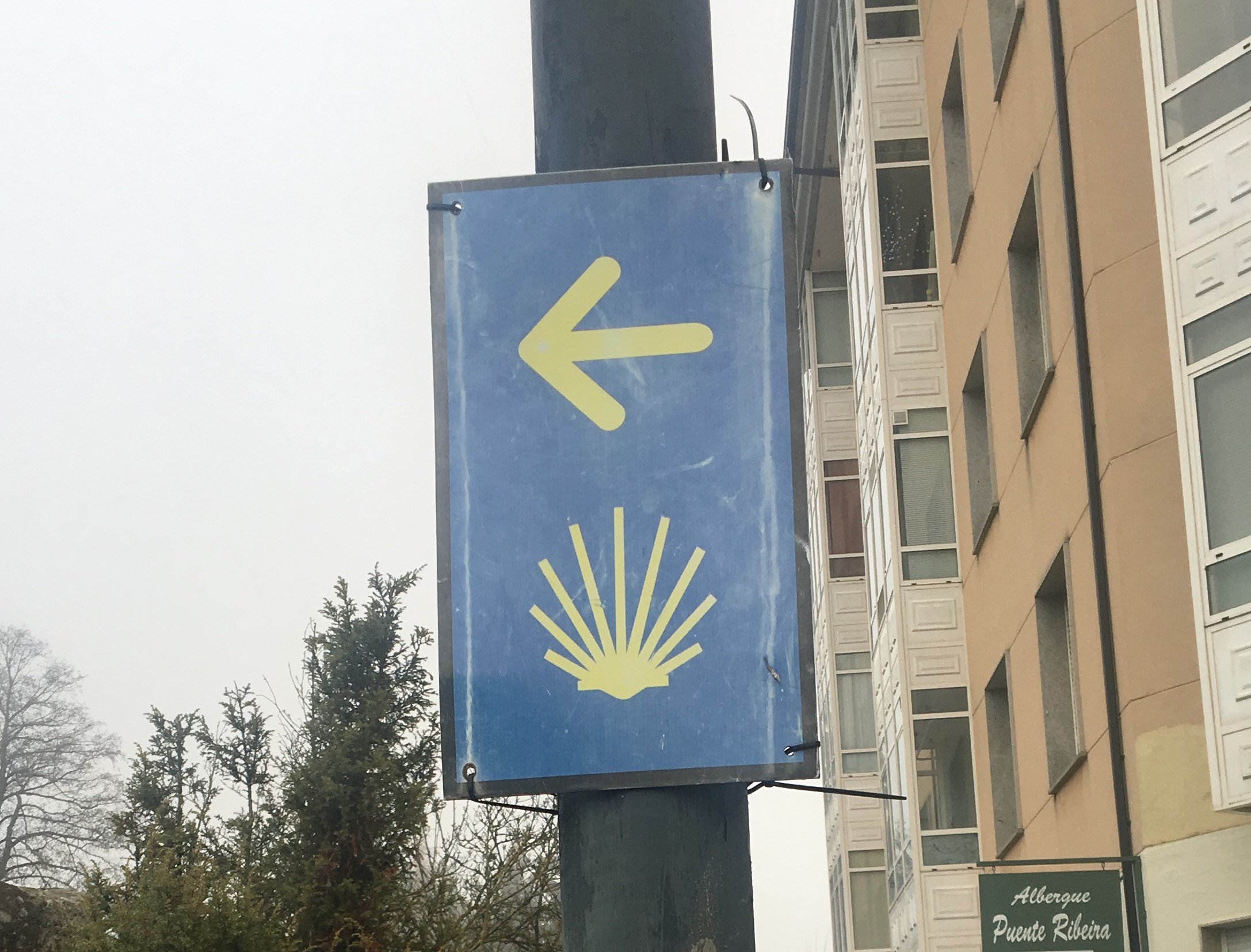Scallop Shells
When walking the Camino you will see countless scallop shells, as this is the most iconic symbol associated with The Way. Painted on buildings, on official Camino signs, in store windows and on travelers’ backpacks, the simple shell becomes a friendly image that shows pilgrims they are on the right path. But how exactly did this symbol become so popular and representative of The Road of St. James?
There are many different legends and traditional stories about where the symbol of the scallop shell came from. No doubt if you ask a local Spaniard along the Camino they will say that the shell represents Galicia and the misty northern coast where they can be found in abundance. If you ask a Christian, they would say the shell dates back from the legend St. James and his body’s mysterious arrival to Galicia after his death. Early pilgrims identified themselves by wearing a scallop shell and it has been documented that vendors in Santiago actually sold these shells as early as the 12th century.

No matter the reason, today the scallop shell has turned into a symbol for the journey itself. If you look at the scallop shell, there are many lines of varying length, all leading to the same point. These lines have come to represent different Camino journeys.
No matter your origin, the way you walk the Camino or what your reasons are for doing so, the end of the journey unites travelers in a unique and special way.
It also acts as a beacon, guiding you along the Camino, identifying your fellow travelers and adding you to a group of pilgrims who have walked the same path for a thousand years. Even off the main Camino in Galicia, you’ll be surprised and delighted to see the scallop shell appear in cities far away. For example, you can find shells etched in walls in Segovia, Madrid and even Barcelona. When you see someone outside of Spain wearing a shirt with the scallop shell, you fell like you can identify with them and share a sense of camaraderie.

Like most popular symbols, the scallop shell has been commercialized. When walking into Santiago you can find jewelry, shirts, backpacks and more all with this symbol. But somehow, even with this and the wide use of the shell, it still holds a sacred special place in the heart of travelers along The Way. Travelers who have completed the Camino adopt the shell themselves as their symbol and proudly wear it and display it.
Buen Camino!

